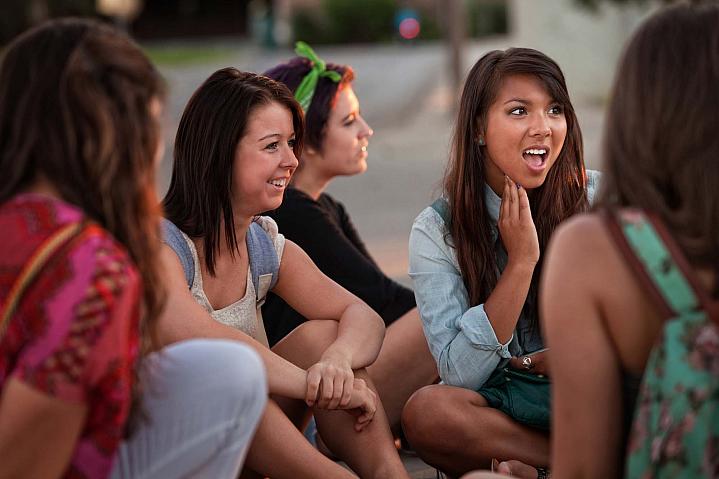Health Capsule
Reducing Underage Drinking Among American Indians
 Researchers have been testing ways to prevent alcohol use and abuse in teens. CREATISTA/iStock/Thinkstock
Researchers have been testing ways to prevent alcohol use and abuse in teens. CREATISTA/iStock/ThinkstockUnderage drinking is a nationwide problem. American Indian teens have higher rates of alcohol use before age 15 than other U.S. teens. They also have higher rates of alcohol problems. Rural teens in general are more likely than other U.S. teens to misuse alcohol. But ways to prevent alcohol use in these groups haven’t been studied well.
NIH-funded researchers tested 2 strategies for reducing drinking among high school students in the Cherokee Nation area of northeastern Oklahoma. Cherokee citizens are nearly half the population in the area, but whites and other racial/ethnic minorities also live there.
In one prevention strategy, teams of local adults were trained to take actions to reduce youth access to alcohol in their communities.
The other prevention strategy was aimed at the level of the individual high school student. Social workers in high schools met one-on-one with each student each semester to counsel them about alcohol use and motivate them to avoid drinking. The social workers invited students who reported high-risk drinking to follow-up sessions and referred them to specialty treatment when needed.
Six communities, each served by a single high school, took part in the study. More than 1,600 students participated. Each strategy was tested in one community. Students in 2 communities received both strategies. Those in the last 2 received neither for comparison.
The study found that both prevention strategies significantly reduced youth alcohol use. Students receiving one or both strategies were less likely to report any use of alcohol in the past 30 days. They were also less likely to report heavy drinking (5 or more drinks on at least one occasion).
The findings add to growing evidence that these strategies can help reduce alcohol problems in diverse communities.
NIH Office of Communications and Public Liaison
Building 31, Room 5B52
Bethesda, MD 20892-2094
nihnewsinhealth@od.nih.gov
Tel: 301-451-8224
Editor: Harrison Wein, Ph.D.
Managing Editor: Tianna Hicklin, Ph.D.
Illustrator: Alan Defibaugh
Attention Editors: Reprint our articles and illustrations in your own publication. Our material is not copyrighted. Please acknowledge NIH News in Health as the source and send us a copy.
For more consumer health news and information, visit health.nih.gov.
For wellness toolkits, visit www.nih.gov/wellnesstoolkits.



